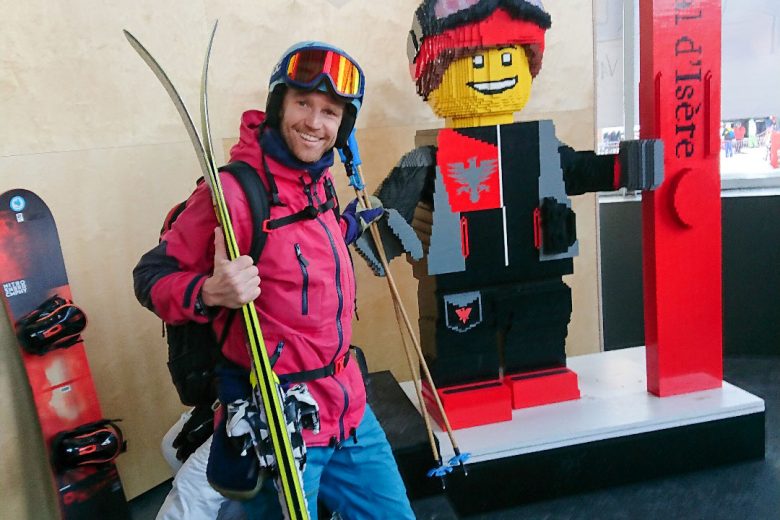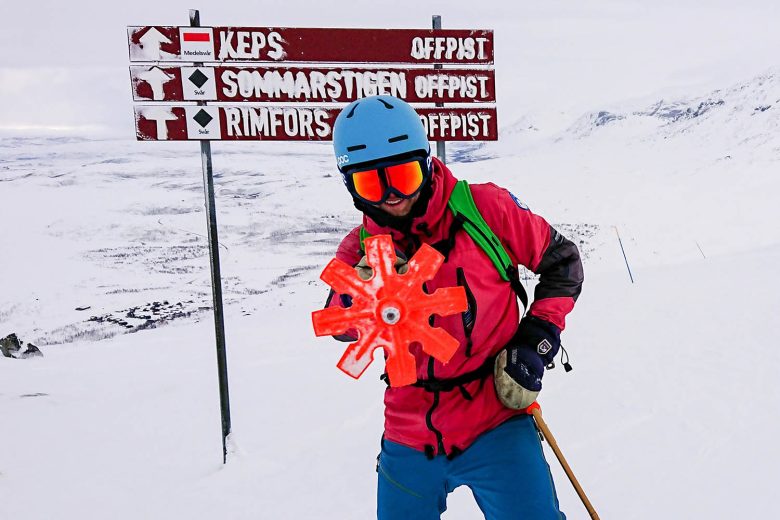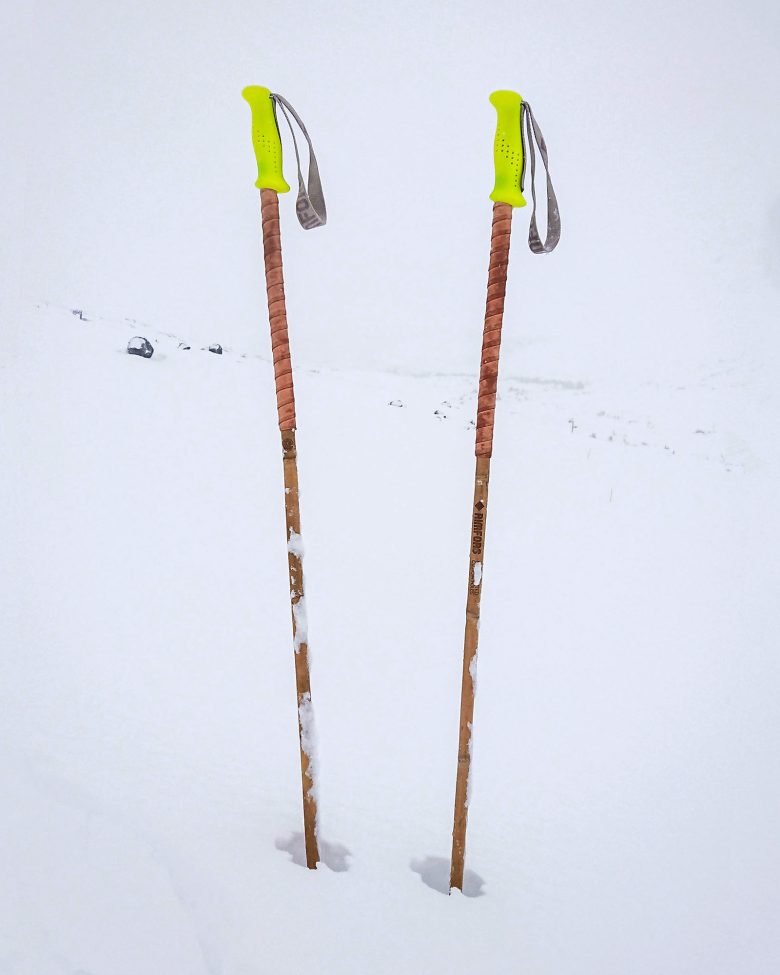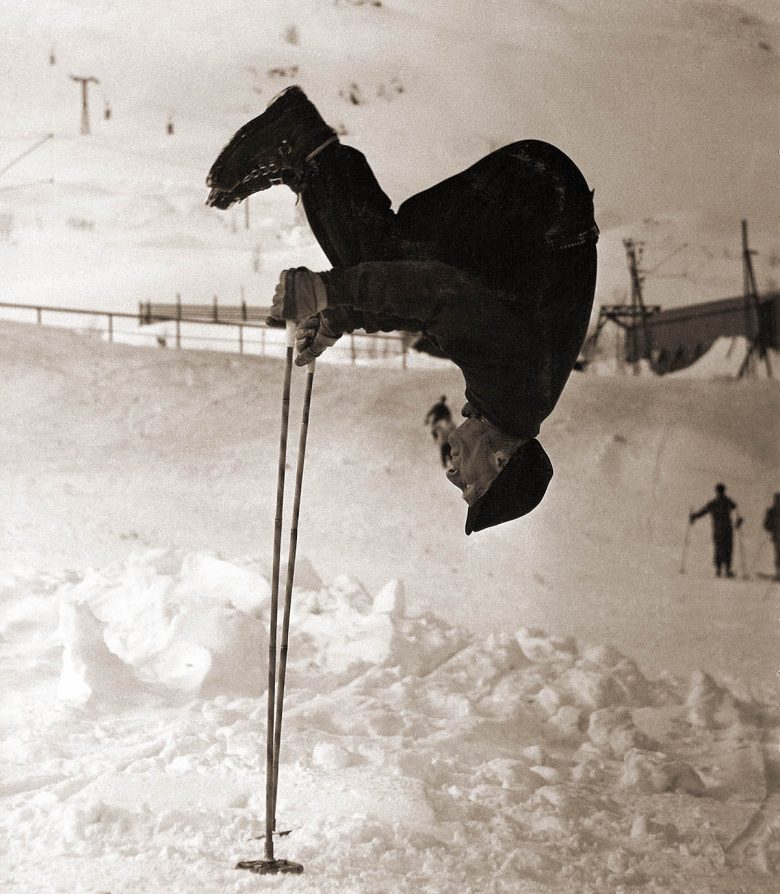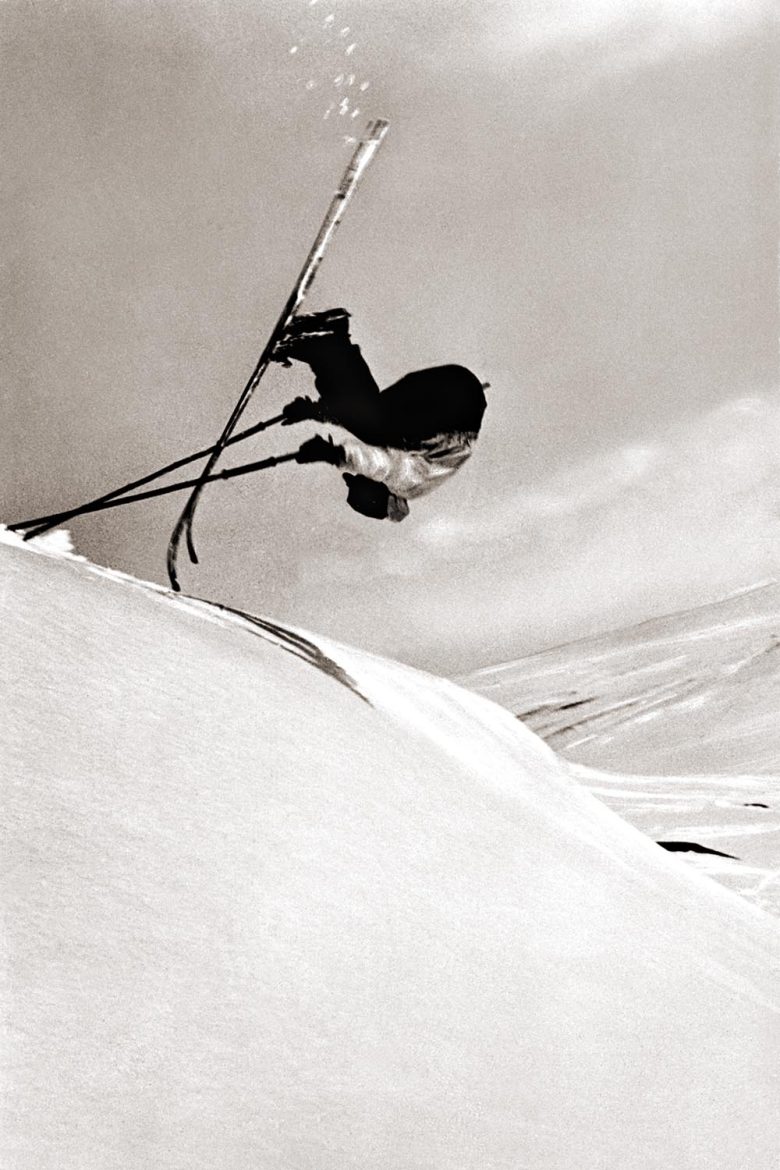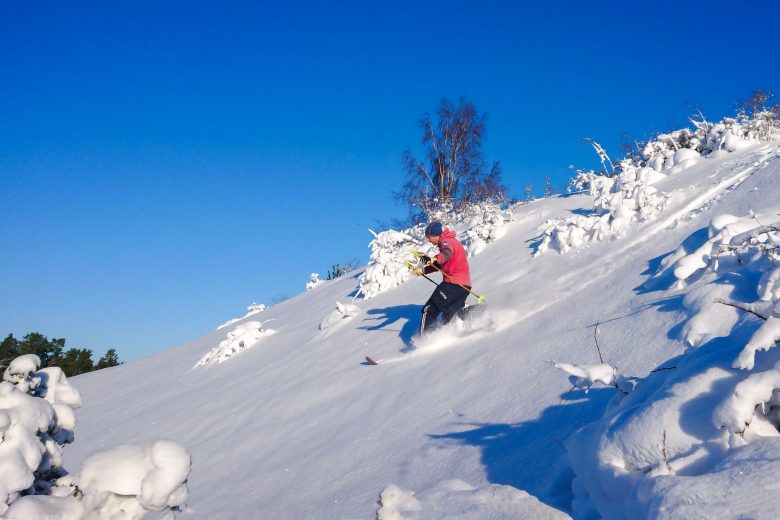Back in 1934, my great-grandfather, the ski pioneer Olle Rimfors, launched his first alpine ski poles. They were made of bamboo like all other poles at the time, but were distinguished by two groundbreaking patents: a light and elastic rubber basket with an aluminum ring instead of a heavy and loose leather basket with a rattan ring. His passion for snow and skiing still runs in the family and for the same reason that he started pole making, I also began making ski sticks. If you can’t find what you’re looking for on the market, you must fix it yourself—in my case, light, flexible bamboo poles that are as climate-smart and eco-friendly as possible.
Every winter, my kids bent their aluminum poles and I have cracked and bent a few ones beyond rescue as well. But since bamboo poles are flexible and can take a beating, no more poles are bent in our family. Bamboo poles are both durable and sustainable. So, now we can ski with a clearer conscience and give future winters a better chance.
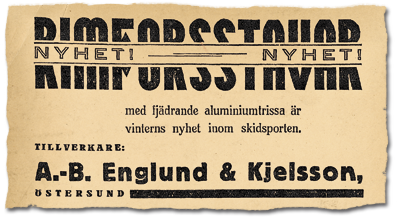
Östersunds-Posten, December 28th, 1934.
Handmade and homemade
I make the bamboo ski poles in my spare time in our family home in the rolling hills of Brösarp on Österlen. You only need simple hand tools to make ski poles: saw, knife, file, screwdriver, and a hot melt glue gun. My grips, baskets, tips, and straps are manufactured by specialized suppliers, the majority of whom are small family businesses that also take responsibility for the climate and environment.
All of the materials used for the ski poles are classified as harmless to humans and the environment. Many of them are made from recycled materials, and of course, one hundred percent of the ski poles can be recycled. I believe in transparency, small-scale business and the circular economy, and I am not interested in peddling poles to get rich. Therefore, you should really consider whether you actually need a pair of new ski poles. Unnecessary consumption is not something our winters get colder from. On the contrary—buy only what you really need! But if that is eco-friendly bamboo ski sticks, you have come to the right place.
/Fabian Rimfors
Further reading …
- Fabian Rimfors: “It should be simple” (Utemagasinet, 2024)
- Bamboo sticks from Calcutta become ski poles in Brösarp (Ystads Allehanda, 2022)
- Borgastaven—a piece of skiing history made of bamboo (Freeride, 2022)
- Retro holds its ground on the mountain (Svensk Natur, 2015)
P.S. For more info on my great-grandfather and his ski poles, you may visit www.ollerimfors.se or check this blog post.
